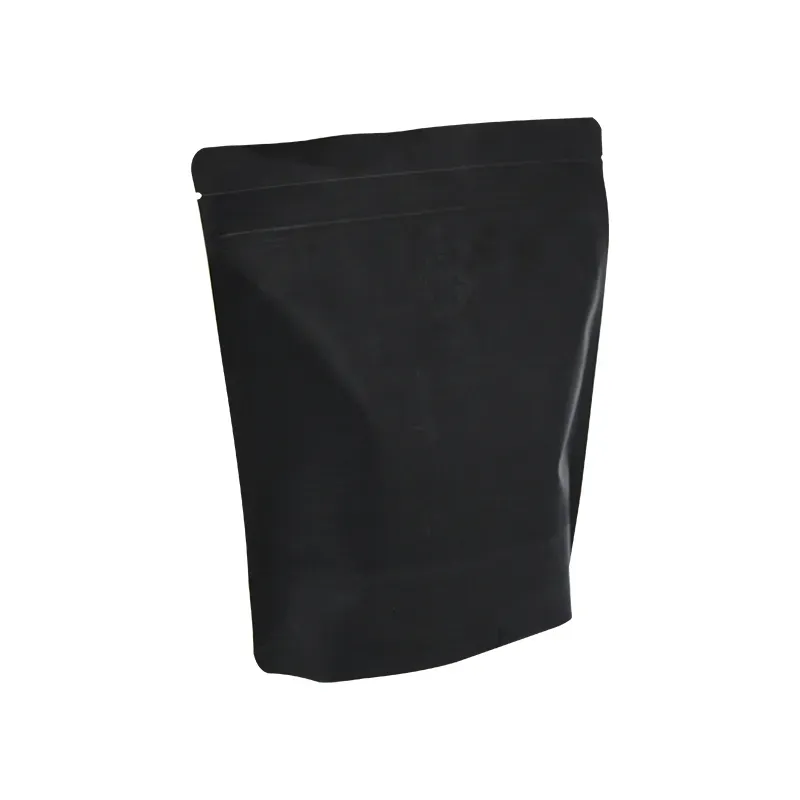- Afrikaans
- Albanian
- Amharic
- Arabic
- Armenian
- Azerbaijani
- Basque
- Belarusian
- Bengali
- Bosnian
- Bulgarian
- Catalan
- Cebuano
- chinese_simplified
- chinese_traditional
- Corsican
- Croatian
- Czech
- Danish
- Dutch
- English
- Esperanto
- Estonian
- Finnish
- French
- Frisian
- Galician
- Georgian
- German
- Greek
- Gujarati
- haitian_creole
- hausa
- hawaiian
- Hebrew
- Hindi
- Miao
- Hungarian
- Icelandic
- igbo
- Indonesian
- irish
- Italian
- Japanese
- Javanese
- Kannada
- kazakh
- Khmer
- Rwandese
- Korean
- Kurdish
- Kyrgyz
- Lao
- Latin
- Latvian
- Lithuanian
- Luxembourgish
- Macedonian
- Malgashi
- Malay
- Malayalam
- Maltese
- Maori
- Marathi
- Mongolian
- Myanmar
- Nepali
- Norwegian
- Norwegian
- Occitan
- Pashto
- Persian
- Polish
- Portuguese
- Punjabi
- Romanian
- Russian
- Samoan
- scottish-gaelic
- Serbian
- Sesotho
- Shona
- Sindhi
- Sinhala
- Slovak
- Slovenian
- Somali
- Spanish
- Sundanese
- Swahili
- Swedish
- Tagalog
- Tajik
- Tamil
- Tatar
- Telugu
- Thai
- Turkish
- Turkmen
- Ukrainian
- Urdu
- Uighur
- Uzbek
- Vietnamese
- Welsh
- Bantu
- Yiddish
- Yoruba
- Zulu
perforated packaging
The Evolution and Importance of Perforated Packaging
In the fast-paced world of consumer goods and e-commerce, efficient packaging solutions have become crucial to meet the demands of businesses and consumers alike. Among the various packaging methods, perforated packaging has emerged as a versatile and effective choice that caters to a range of products and industries. This article explores the concept of perforated packaging, its benefits, applications, and its significance in sustainable practices.
What is Perforated Packaging?
Perforated packaging refers to packaging designs that feature a series of small holes or slits. These perforations allow for easy tearing or folding, providing convenience for end-users. Typically made from materials such as plastic films, paper, and cardboard, perforated packaging can be tailored to meet specific needs, whether for product visibility, ease of access, or versatility.
Benefits of Perforated Packaging
One of the primary advantages of perforated packaging is its user-friendliness. Perforations enable consumers to open packages without the need for scissors or additional tools, enhancing the overall convenience experience. This is particularly valuable for products that are frequently used, such as food items, personal care products, and household supplies.
Additionally, perforated packaging can improve product freshness
. For instance, in the food industry, perforated breathable bags are designed to allow air circulation while keeping contaminants out—thus extending the shelf life of perishable items. This capability is critical in reducing food waste and ensuring that consumers receive products at their best quality.Moreover, perforated designs can contribute to better branding and consumer engagement. Eye-catching packaging that features strategic perforations can enhance brand visibility on shelves and create a unique unboxing experience. This aspect is particularly important in a highly competitive market where standing out is essential for capturing consumer attention.
perforated packaging

Applications Across Industries
Perforated packaging finds applications across various sectors, including food and beverage, healthcare, electronics, and cosmetics. In the food industry, perforated containers are often used for fresh produce, allowing moisture and air to circulate, which helps maintain freshness. Similarly, in the healthcare sector, perforated blister packs are used for pharmaceuticals, allowing for easy access to individual doses while maintaining product integrity.
In the electronics industry, perforated packaging is useful for items that require protection against static and moisture while remaining easily accessible to customers. For cosmetics and personal care products, beautifully designed perforated packaging can enhance the user experience and convey a sense of luxury and care.
Sustainable Practices in Perforated Packaging
Sustainability is a pressing concern in today's commercial landscape, and perforated packaging can play a role in reducing environmental impact. Manufacturers are increasingly exploring eco-friendly materials for perforated packaging, such as biodegradable plastics and recyclable paper. By prioritizing sustainable practices, companies can resonate with environmentally conscious consumers and contribute positively to the planet.
Furthermore, the efficiency of perforated packaging also extends to waste reduction. Many perforated designs are optimized for material efficiency, using less material while still providing the necessary protection and functionality. This not only lowers production costs but also lessens the overall carbon footprint associated with packaging.
Conclusion
Perforated packaging stands out as a smart, adaptable, and user-friendly solution within the ever-evolving packaging landscape. Its ability to enhance convenience, maintain product quality, and contribute to effective branding makes it a valuable choice for manufacturers across diverse industries. As sustainability becomes a priority for consumers and businesses alike, the shift towards eco-friendlier materials and designs in perforated packaging signifies a positive trajectory for the future. In this dynamic environment, companies that embrace perforated packaging are likely to thrive by meeting both consumer needs and environmental responsibilities. As we look ahead, the evolution of perforated packaging will undoubtedly continue to shape the way products are packaged, marketed, and perceived.













